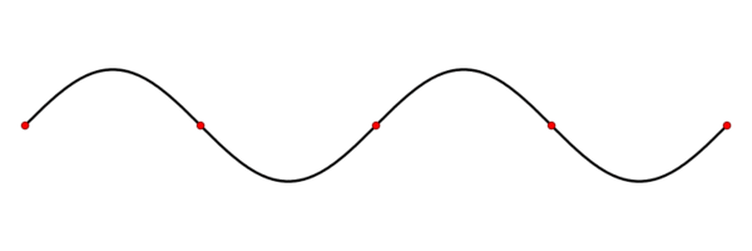 "Grindintosecond" (Grindintosecond)
"Grindintosecond" (Grindintosecond)
09/14/2019 at 10:29 • Filed to: None
 4
4
 4
4
 "Grindintosecond" (Grindintosecond)
"Grindintosecond" (Grindintosecond)
09/14/2019 at 10:29 • Filed to: None |  4 4
|  4 4 |
I remember, as a kid, seeing footage of the 1940 Tacoma Narrows bridge disaster. And since a bridge across the river in my childhood town had suspension elements,
I was always wondering if it would do the same thing. But in forty years since the Tacoma event, engineers have learned quite a bit. Since then bridge vs. wind harmonics are studied fiercely if anyone wants to design a bridge. Wind tunnel time, even, as we see in the end of the second video.
. But here we see a new steel construction with concrete pylons. Perhaps they need to construct additional pylons..... pylons...
 SBA Thanks You For All The Fish
> Grindintosecond
SBA Thanks You For All The Fish
> Grindintosecond
09/14/2019 at 10:51 |
|
Whoa. I’d love to understand the physics of that. How does it do that with so many pilings to support the bridge deck? That’s wild.
 gmporschenut also a fan of hondas
> SBA Thanks You For All The Fish
gmporschenut also a fan of hondas
> SBA Thanks You For All The Fish
09/14/2019 at 15:13 |
|

 SBA Thanks You For All The Fish
> gmporschenut also a fan of hondas
SBA Thanks You For All The Fish
> gmporschenut also a fan of hondas
09/14/2019 at 15:17 |
|
Thanks for the standing node GIF. Yeah, it’s weird. You’d expect the frequency to be a lot higher, but it looks like the side structure is actually making the problem worse— and there must be a lot of mass moving in the vertical axis.
Somebody’s FEM c omputer model screwed the pooch...
 gmporschenut also a fan of hondas
> SBA Thanks You For All The Fish
gmporschenut also a fan of hondas
> SBA Thanks You For All The Fish
09/14/2019 at 17:11 |
|

or they never expected it could get oscillating to that much of a wavelength. In any case, very weird.